
Are you a fan of scary movies? Considering you’re here, that this title and image was enough to rope you in, I’m going to guess that you are, to some degree, interested in the world of the horror and creepy. I am too, and I used to be really squeamish! So what I used to do is that instead of horror movies, I read horror books. And then graduated to horror comics, like Junji Ito who you should definitely check out if you haven’t already.
That leads us to this. These are surrealist comics that you can’t really prep yourself for. This artist has a humble following of 4.7k on Flickr but he clearly deserves way more. Perhaps the reason he doesn’t use Instagram as his main focal point like all other comic artists out there is because he enjoys the long strip format, where he can put in a lot more detail and a lot more content.
Source: Flickr || Threadless

The Atlantic actually wondered why people chased these kinds of stories or media.
One of the most interesting things about studying fear is looking at the social constructions of fear, and learned fears versus those fears that appear to be more innate, or even genetic. When we look across time and across the world, we find that people truly can become afraid of anything. Through fear conditioning (connecting a neutral stimulus with a negative consequence) we can link pretty much anything to a fear response. Baby Albert, of course, is the exemplar case of this. The poor child was made deathly afraid of white rabbits in the 1920’s, before researchers were required to be ethical. So we know that we can learn to fear, and this means our socialization and the society in which we are raised is going to have a lot to do with what we find scary.



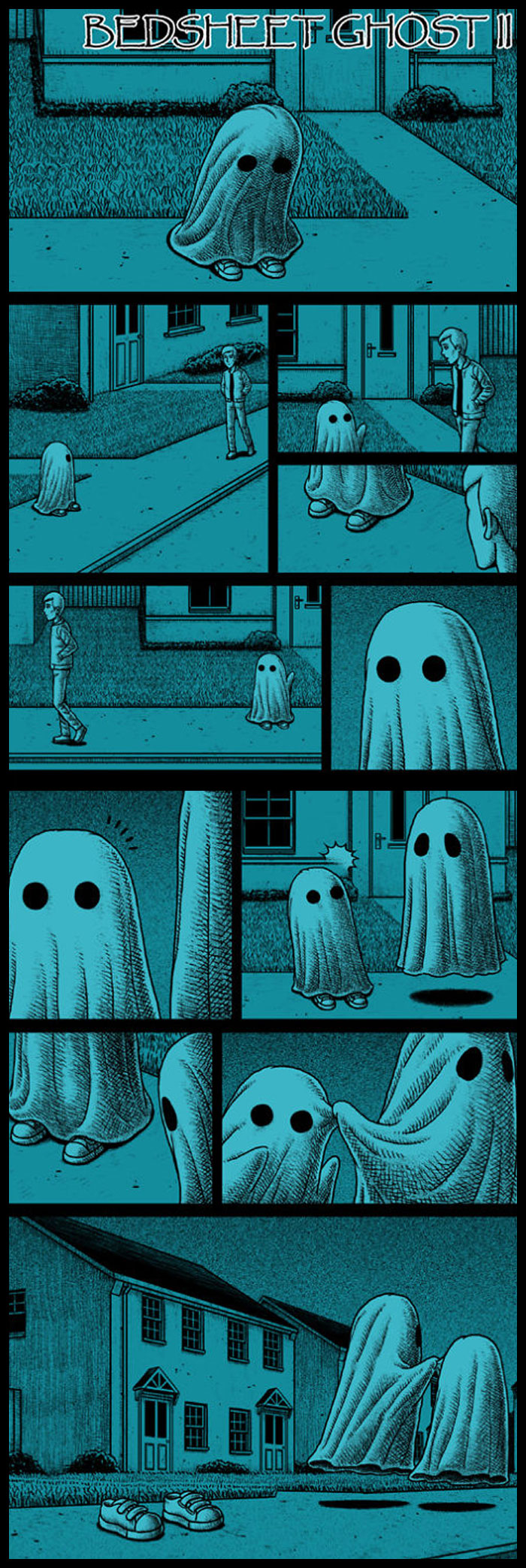



Each culture has its own superhero monsters—the Chupacabra (South America), the Loch Ness Monster, the Yōkai (supernatural monsters from Japanese folklore), Alps (German nightmare creatures)—but they all have a number of characteristics in common. Monsters are defying the general laws of nature in some way. They have either returned from the afterlife (ghosts, demons, spirits) or they are some kind of non-human or semi-human creature. This speaks to the fact that things that violate the laws of nature are terrifying. And really anything that doesn’t make sense or causes us some sort of dissonance, whether it is cognitive or aesthetic, is going to be scary (axe-wielding animals, masked faces, contorted bodies).
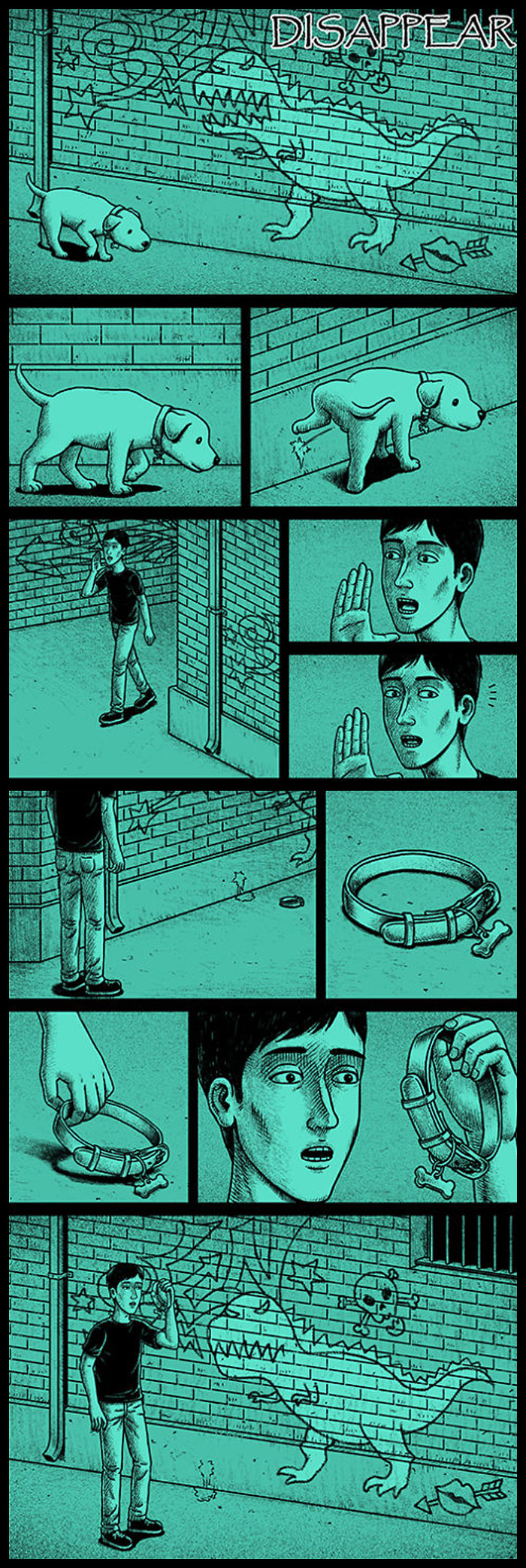




Another shared characteristic of monsters across the globe is their blurred relationship with death and the body. Humans are obsessed with death; we simply have a hard time wrapping our mind around what happens when we die. This contemplation has led to some of the most famous monsters, with each culture creating their own version of the living dead, whether it’s zombies, vampires, reanimated and reconstructed corpses, or ghosts. We want to imagine a life that goes on after we die. Or better yet, figure out a way to live forever. Again, though, that would violate the laws of nature and is therefore terrifying. So while the compositions and names of the monsters are different, the motivations and inspirations behind their constructions appear across the globe.

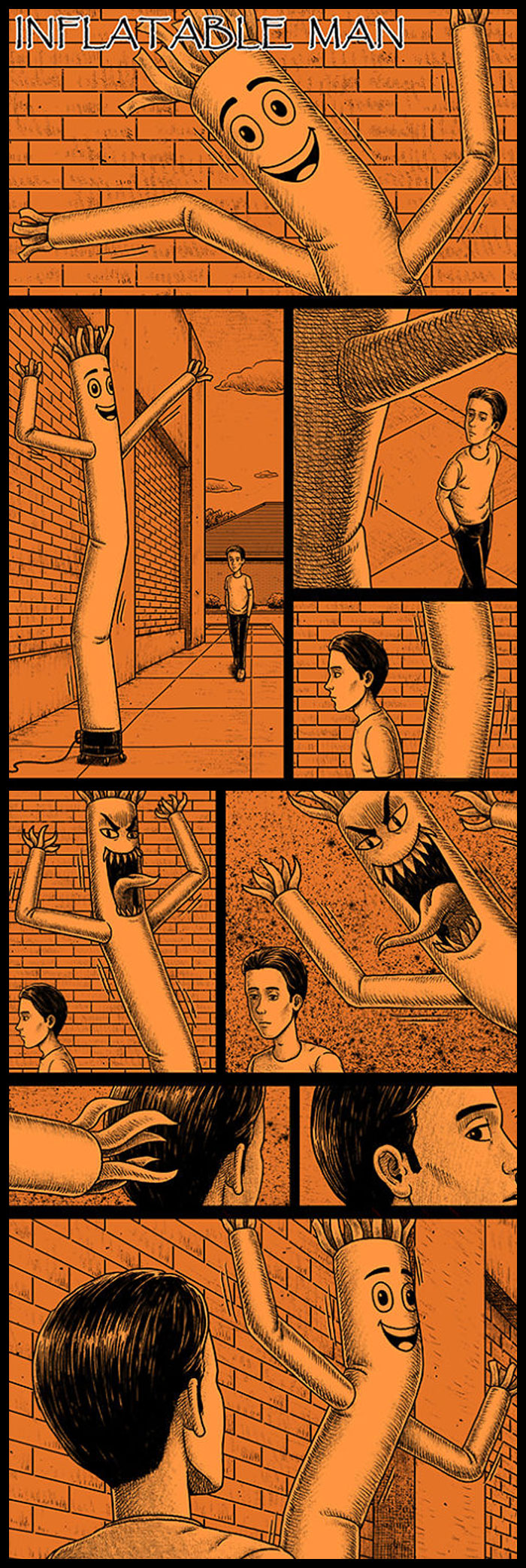





Humans have been scaring themselves and each other since the birth of the species, through all kinds of methods like storytelling, jumping off cliffs, and popping out to startle each other from the recesses of some dark cave. And we’ve done this for lots of different reasons—to build group unity, to prepare kids for life in the scary world, and, of course, to control behavior. But it’s only really in the last few centuries that scaring ourselves for fun (and profit) has become a highly sought-after experience.

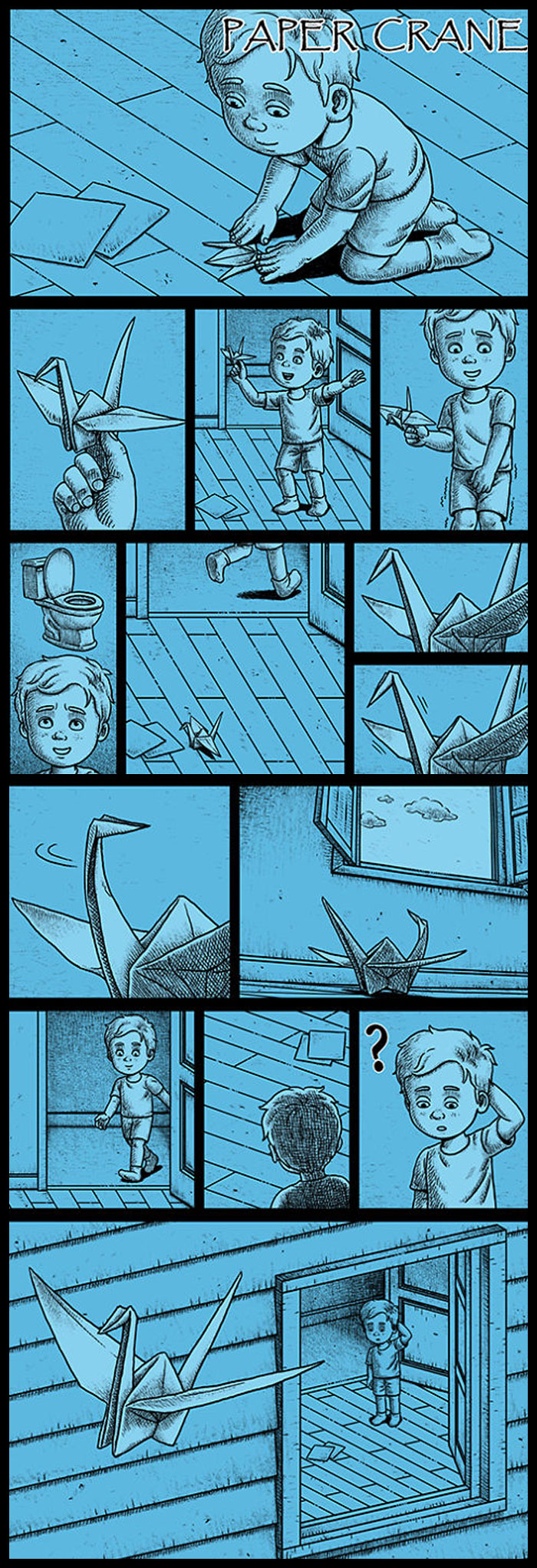
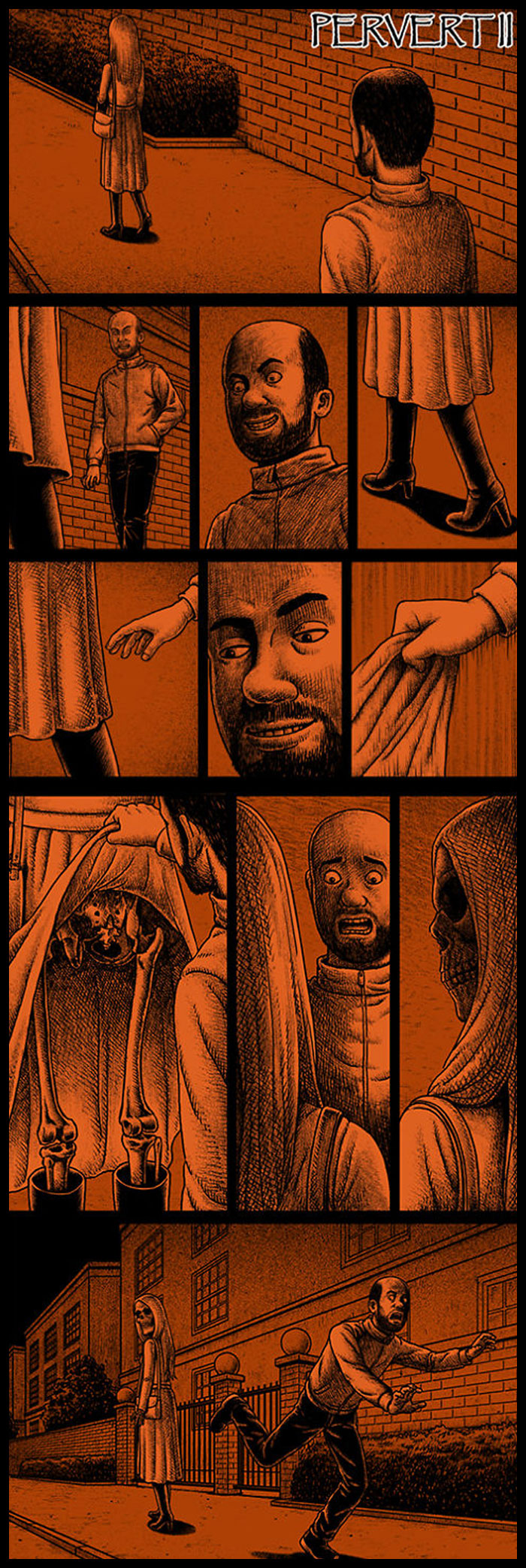
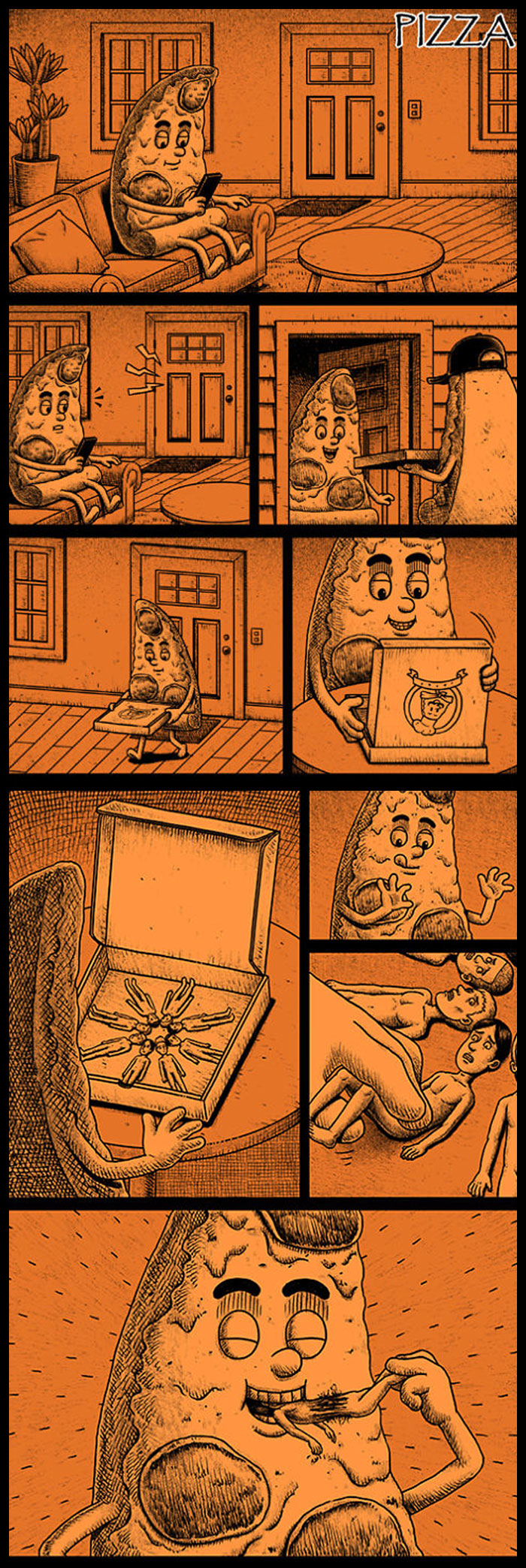


My favorite example of one of the early discoveries of the joys of self-scaring is actually found in the history of roller coasters. The Russian Ice Slides began, not surprisingly given the name, as extended sleigh rides down a snowy mountain in the mid-17th century. Much like they do today, riders would sit in sleds and speed down the mountain, which sometimes included additional man-made bumps to make it a little more exciting. The Russian Ice Slides became more sophisticated throughout the 18th century, with wooden beams and artificial mountains of ice. Eventually instead of ice and sleds, tracks and carriages were constructed to carry screaming riders across the “Russian Mountains.” Even more exhilarating terror came when innovative creators decided to paint scary scenes on the walls that shocked and thrilled riders as they passed by. These came to be known as “Dark Rides.” People were terrified, but they loved it.

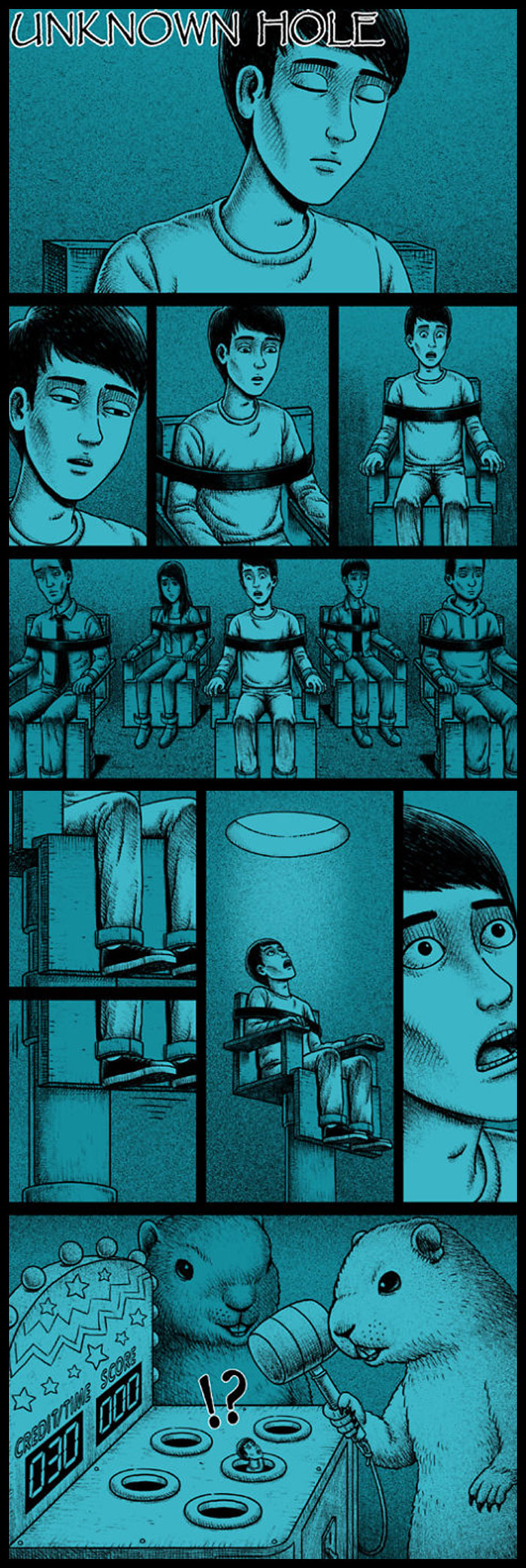


What about you? What did you think about this? Tell us in the comments!